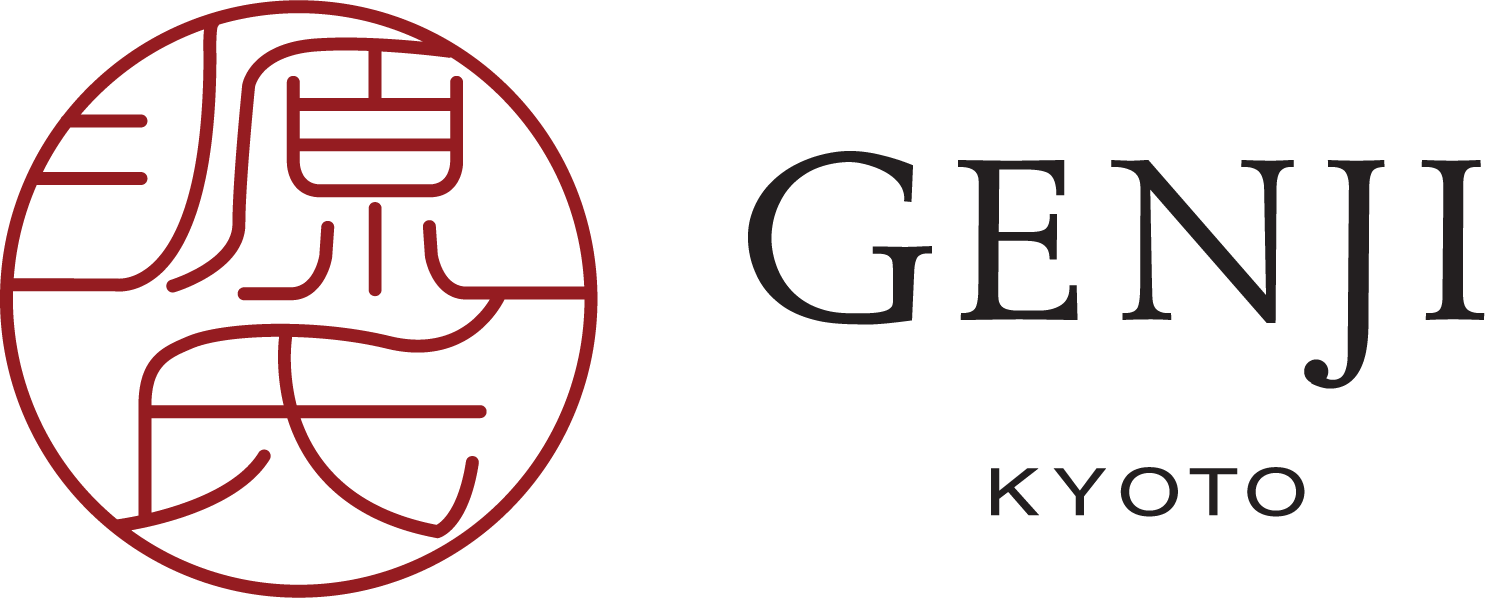In Praise of Washi
Of all things Japanese, Washi (和紙), the traditional paper used for everything from painting and printing to lamps, screens and art, is the most fundamental building block of Japanese culture.
Hand crafted for over 1,000 years, Washi had been the material for the ubiquitous shoji screens used in palaces, homes, temples, tea ceremonies and stage settings. Sturdy and delicate at the same time, its semi-translucent nature gives it wondrous powers to transform a space.
Before the Meiji Period (1868-1912) brought about wholesale Westernization, Washi was the architectural backbone of traditional Japanese houses. But its role in everyday use has since been greatly diminished, edged out by mass produced, machine made modern paper which the Japanese call Yōshi (洋紙), or Western paper.
Prominent novelist Junichirō Tanizaki had this to say about the different papers in his meditative essay "In Praise of Shadows":
"Western paper is to us no more than something to be used, while the texture of Chinese and Japanese paper gives us a certain feeling of warmth, of calm and repose....Western paper turns away the light, while our paper seems to take it in, to envelop it gently, like the soft surface of a first snowfall."
Interestingly, he also revealed his experience of installing a Washi Shoji door in a modern home that he was building:
"There was the Shoji: for aesthetic reasons I did not want to use glass, and yet (Washi) paper alone would have posed problems of illumination and security. Much against my will, I decided to cover the inside with paper and the outside with glass. This required a double frame... the effect was far from pleasing. The outside remained no more than a glass door; while within, the mellow softness of the paper was destroyed by the glass that lay behind it."
So the writer and defender of Japanese aesthetics already encountered problems of incorporating Washi panels in modern architecture back in the 1930s, when he wrote his famous essay!
Since then, Washi as an architectural material became phased out as cities modernized. Candlelight shadows vanished under bright fluorescent lights, demand for Washi products fell and the craft in many former strongholds faced continuous decline.
One such place was Fukui north of Kyoto, Japan's earliest Washi making area. Revered for starting a form of handmade Washi called Echizen Washi, which spread throughout Japan, it fell seriously behind the times the craft was no longer attracting artisans to carry the torch.
This was what Washi designer and artist Eriko Horiki found more than 20 years ago, when she felt something needed to be done to revive such an important craft. She has since nurtured a renaissance, using innovative techniques to create new avenues for Washi's application and appreciation.
As building sizes increased, Ms Horiki has also been able to produce larger scale Washi - still handmade and organic 0 for fitting into contemporary homes, commercial spaces, exhibitions and public spaces such as the arrival lobby of Tokyo's Narita Airport Terminal 1.
Washi sits perfectly as Shoji partitions in traditional houses. Its natural shading creates a dynamic visual effect that gives an atmospheric feel. But to use it as external walls in modern buildings, there are many challenges, as Mr Tanizaki found out!
"(Washi) is flammable, attracts dirt, tears easily and fades. It also shrinks. These are the limitations that we need to overcome," said Ms Horiki, who welcomes challenges and believes they drive innovation and good design.
Genji Kyoto chief designer and architect Geoffrey P. Moussas engaged Ms Horiki to design and make large-scale Washi windows for the hotel's double height lobby. The idea was to create a dynamic lighting effect for both the interior and the exterior. Depending on the time of day and lighting conditions, the exterior changes with the magnitude and direction of sunlight, and the interior similarly experiences a transformation in ambience and character of space.
Said Mr Moussas:
"Ms. Horiki's work and ideas fit perfectly with the concept of our hotel, which is to use traditional natural Japanese materials in innovative ways to express the essence of Japanese culture without being clichéd. I have worked with her for years, on projects from architecture to exhibitions. Our thought process is very similar.
"For Genji Kyoto, we chose to make this Washi embedded with silver chips to create the best medium for using natural light. Much of Ms Horiki's work had been backlit, but it’s a little different here.
"With our Washi panels, the silver chips actually create shadows, rather than a shimmering effect that one would expect from silver. The result is a dynamic pattern that occurs throughout the day and night.
"On top of this, the pattern is inverted between the interior and exterior, and totally spontaneous depending on the magnitude and direction of the sun in the day or our lobby lighting at night."
In a way, finding new ways to express customs and traditions has always been a quest of the Japanese people. Despite deep respect for what came before, there is a stoic acceptance for change and renewal. As Ms Horiki says:
"The techniques for making washi are now considered traditional, but they were an innovation 1,200 years ago. Although tradition and innovation are thought to exist at 2 extremes, I think the tradition of tomorrow cannot exist without the innovation of today."
